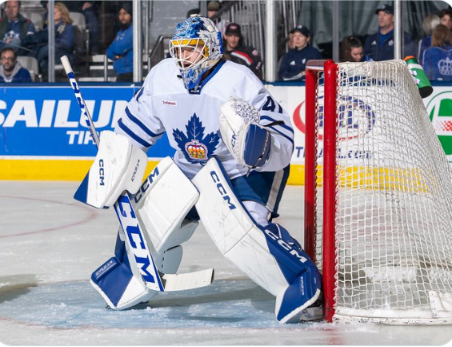How Has Ilya Lyubushkin Performed since returning to Toronto Maple Leafs?
he Toronto Maple Leafs approached the trade deadline with cautious optimism, opting to bolster their blue-line rather than making a splash with high-profile acquisitions. While some fans and analysts speculated on the need for additional puck-moving prowess from the back-end, the team focused on adding a dose of physicality to enhance their defensive presence. The…
he Toronto Maple Leafs approached the trade deadline with cautious optimism, opting to bolster their blue-line rather than making a splash with high-profile acquisitions. While some fans and analysts speculated on the need for additional puck-moving prowess from the back-end, the team focused on adding a dose of physicality to enhance their defensive presence.
The debate surrounding the efficacy of physical play in hockey persists, with contrasting views on its tangible benefits versus potential drawbacks. Analogous to the evolution of baseball strategies scrutinized by statistical analysis, hockey may also be undergoing a similar transformation in evaluating the impact of physicality on game outcomes.
In the case of the Maple Leafs, the addition of defenseman Lyubushkin brought an infusion of toughness to the roster. While his defensive capabilities are commendable, concerns arise regarding the potential trade-off between solid defense and puck possession. Initial statistical analyses hint at a nuanced picture: while expected goals improve with Lyubushkin on the ice, Corsi numbers reveal a decline in puck possession, suggesting a need for further assessment over a larger sample size.
Despite these statistical nuances, the early results with Lyubushkin in the lineup are promising. The team’s performance metrics show positive trends in shot attempts, scoring chances, and dangerous opportunities when he’s on the ice. Moreover, the Leafs’ coaching staff appears to recognize and utilize Lyubushkin’s strengths effectively, deploying him strategically to maximize his impact while managing his ice time appropriately.
In the grand scheme, Lyubushkin’s addition adds depth to the Leafs’ defensive roster, albeit without significantly altering the team’s overall performance trajectory. Nonetheless, his contributions have been valuable, providing stability and a physical presence on the blue-line. As the season progresses and the sample size grows, a more comprehensive evaluation of his impact will emerge.
In conclusion, while the debate over the role of physicality in hockey continues, the Toronto Maple Leafs have embraced an old-school approach with the addition of Lyubushkin to their defensive corps. While his immediate impact may not be transformative, his presence adds resilience and depth to the team’s lineup, contributing to their quest for success in the ongoing season.






